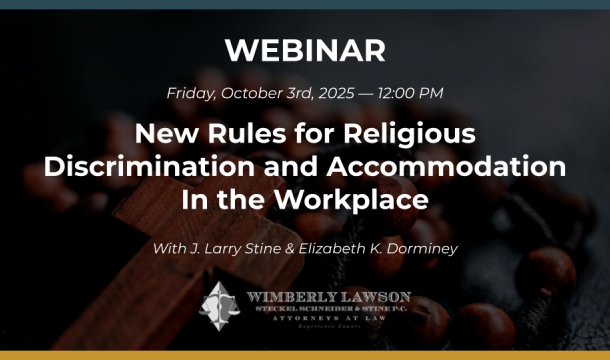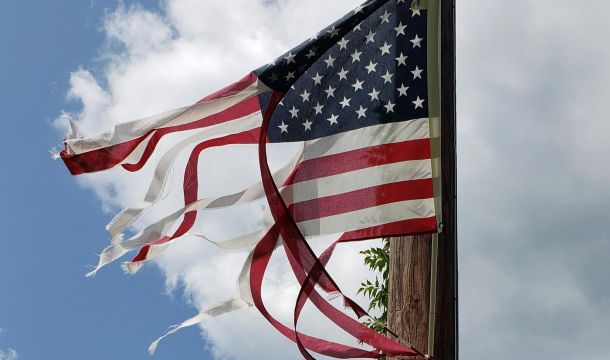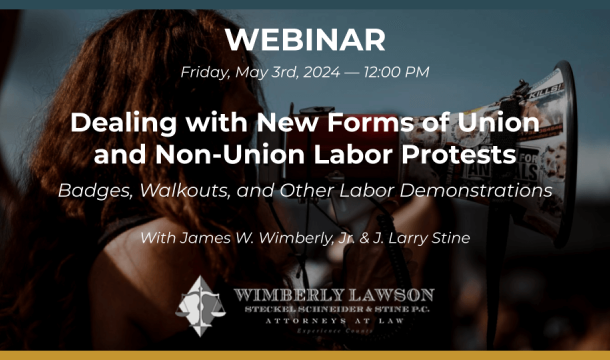Most Pro-Union Administration Ever Continues to Pursue Agenda
Probably the most radical change in policy with the new Administration pertains to the National Labor Relations Board (NLRB) and other related Administration initiatives involving organized labor. In January a report was issued by President Biden's Taskforce on Worker Organizing and Empowerment. The mission is seeking to expand worker and union rights. Most immediately, the NLRB's General Counsel Jennifer Abruzzo instructed the staff to swiftly adopt the White House recommendations to boost union organizing. Abruzzo said she would coordinate with the Equal Employment Opportunity Commission (EEOC), the Department of Labor (DOL), Occupational Safety and Health Administration (OSHA), and other worker-protection agencies to carry out the recommendations. She said she would also pursue relationships with the Internal Revenue Service (IRS), the Department of Justice's Anti-Trust Division, and the Federal Trade Commission (FTC) to identify employee misclassification that prevents workers from unionizing. She also said she would strengthen the relationship with the Department of Homeland Security to prevent immigration officials from violating workers' labor rights, "regardless of immigration status." She announced among many other measures that the NLRB will begin pursuing court injunctions in cases where employees have supposedly been subject to "threats or other coercive conduct" on the part of employers during union organizing efforts.
The above is just a small portion of the announcements that seem to be coming from the NLRB at least monthly, announcing initiatives to overturn prior NLRB doctrine and take other initiatives to promote not only union organizing, but expanding workers' rights to "mutual aid or protection," even in the absence of a formal union or union organizational campaign.
In some respects, unions are riding "high" right now. In 2021, there was a significant increase in work stoppages in both union and non-union facilities. Some 68% of the public in polls support unions. In spite of these positive developments for unions, the share of private-sector workers who belong to a union actually fell during 2021, to 6.1%. The rate of union membership including both public and private sectors was at 10.3% in 2021, matching the record low in 2019.
In February, President Biden issued an Executive Order requiring large federal infrastructure projects to use project labor agreements, concerning all federally-procured construction projects above $35 million in value. Project labor agreements require a contractor to enter into a collective bargaining agreement for the duration of a specific project, even though only about 10% of the construction industry is union.
This is part of our April 2022 Newsletter.
View newsletter online
Download the newsletter as a PDF
Related Content
Get Email Updates

Trump Nominates Appointments to NLRB and EEOC but Policy Changes Likely to Be Delayed

DOL Launches Self-Audit Programs Designed to Help Employers Improve Compliance

DOL Must Release EEO-1 Reports to the Public under Open Records Laws

Current Advice on Active-Shooter Situations

New Policy for Federal Workers and Religious Expressions



